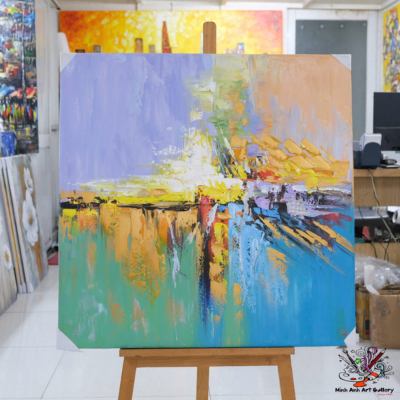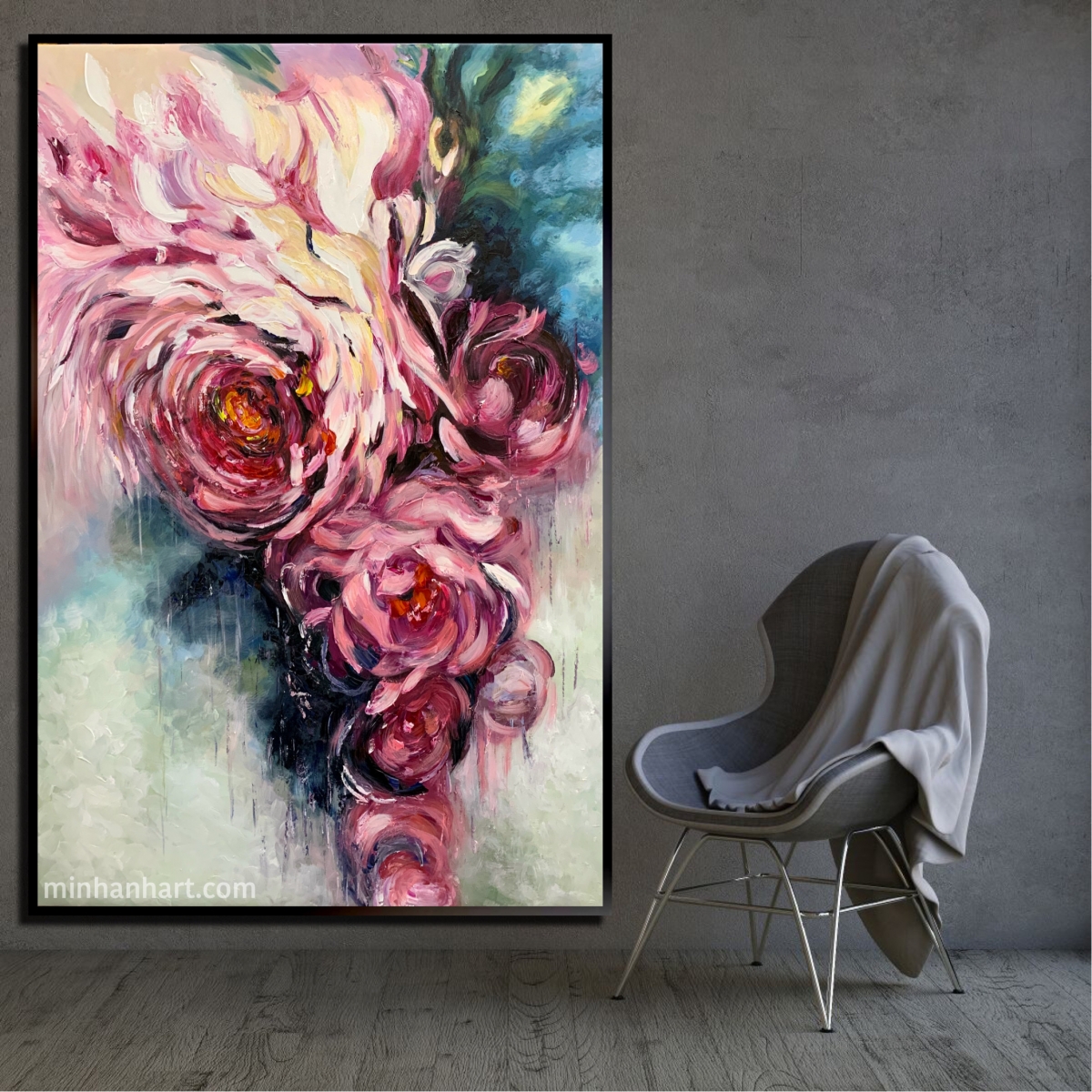Ever wandered through a grand museum and felt like you were flipping through a history book? That’s the power of an art collection gallery. These places are more than just rooms with pretty pictures — they’re vaults of human memory. From royal archives to public exhibitions, collections have always carried historical weight, chronicling everything from wars to revolutions to cultural renaissances.

Art collections are like cultural time capsules. They help us understand how people thought, lived, and expressed themselves in different eras. A sculpture from ancient Greece or a painting from Renaissance Italy tells us what mattered to those societies.
Through curated works, we trace human evolution, societal shifts, and aesthetic revolutions. Art doesn’t just sit pretty — it speaks volumes. These curated art collections become reference points in understanding how civilizations rose, ruled, and changed.
The roots of famous art collections lie deep in ancient palaces and temples. Pharaohs, emperors, and priests were the first collectors, hoarding treasures as symbols of power and divine favor. These early archives were more private shrines than public showrooms.
Fast forward to the Enlightenment — the idea of sharing these collections bloomed. The art collection gallery transformed into a civic treasure, inviting everyday folks to explore culture, history, and beauty.
With industrialization came modernism, and with that, a whole new kind of art emerged. Modern art collections broke away from realism, challenging traditional boundaries with abstraction, surrealism, and conceptual themes.
Wealthy industrialists and visionaries began supporting avant-garde artists, building personal yet historically significant collections that reflected the mood of a changing world.

Home to the Mona Lisa and a massive fine art collection, the Louvre is a former royal palace turned people’s museum. It’s arguably the most iconic art collection gallery in the world.
Want to witness the birth of the Renaissance? Head to the Uffizi. With Botticelli and Michelangelo lining the walls, this is one of the most famous art collections ever curated.
The Metropolitan Museum of Art offers a stunning art collection online and in person. It spans cultures, continents, and centuries — from Egyptian relics to modern American art.
This collection dives deep into human history. Whether it’s the Rosetta Stone or ancient Asian artifacts, the British Museum presents a rich tapestry of human achievement.
A curated art collection isn’t just random works thrown together. Each piece is chosen with intention — to tell a story, convey a message, or ignite a conversation.
Curators are storytellers in their own right. They decide how we see art, shaping not only the experience but the historical narrative itself.
Thanks to tech, anyone can now explore a collection from their couch. Platforms like the art collection online by Minh Anh Art Gallery make culture accessible across continents.
Online exhibitions offer immersive journeys. You can zoom in on brushstrokes or learn about the artist with just a click — it's a modern way of experiencing timeless art.
While public galleries are open doors, private art galleries often showcase rare pieces. These spaces might be niche, but they often shape trends and art markets.
Private collectors have historically defined taste. Their influence isn’t just personal — their collections often end up setting new benchmarks in the art world.
Today’s contemporary art galleries are playgrounds for innovation. They push boundaries, showcase interactive media, and challenge what we call “art.”
Modern galleries often juxtapose new works with old masters, creating conversations between eras that highlight the enduring relevance of art.
A fine art collection isn't just about beauty — it’s a major investment. From auction houses to private holdings, the value of certain artworks can skyrocket.
Unlike trends that come and go, a well-preserved fine art collection holds enduring appeal. The genius of Da Vinci or Van Gogh transcends centuries.
Every art gallery exhibition is a narrative in motion. Through strategic placement and storytelling, curators breathe life into the past.
These exhibitions are classrooms without desks. They teach history, politics, and culture — no textbooks required, just open eyes and curious minds.
From ancient relics to digital archives, art collections have always had a deeper purpose — to preserve, to provoke, and to inspire. Whether it's through a collection in a castle or an art collection gallery on your screen, their historical significance continues to shape our collective consciousness.

Art collections are more than just visual spectacles — they are historical anchors. They connect generations, preserve cultures, and challenge perceptions. From dusty palace vaults to art collection online platforms, they carry the weight of time. And in this beautiful chaos of colors, forms, and ideas, we find ourselves — our past, our present, and perhaps even a glimpse of the future.
1. What makes an art collection historically significant?
Art collections hold historical significance when they reflect key cultural, political, or artistic moments, helping future generations understand the past.
2. How are famous art collections curated?
Curators select pieces based on historical value, thematic coherence, and artistic quality to tell a compelling story through the collection.
3. Are private art galleries open to the public?
Some private art galleries allow public visits, especially during special exhibitions, though many are by invitation only.
4. How can I view art collection online?
You can explore platforms like Minh Anh Art Gallery’s collection, which provide virtual tours and access to digital archives.
5. What is the difference between a fine art collection and a modern art collection?
A fine art collection typically includes classical works, while a modern art collection focuses on 20th-century and contemporary art styles.
Message:
Minh Anh Art Gallery is proud to preserve and share the legacy of art through every stroke, sculpture, and story. Visit us at https://minhanhart.vn/ or at 101 Bui Vien St, District 1, Ho Chi Minh City. Let art speak through history.